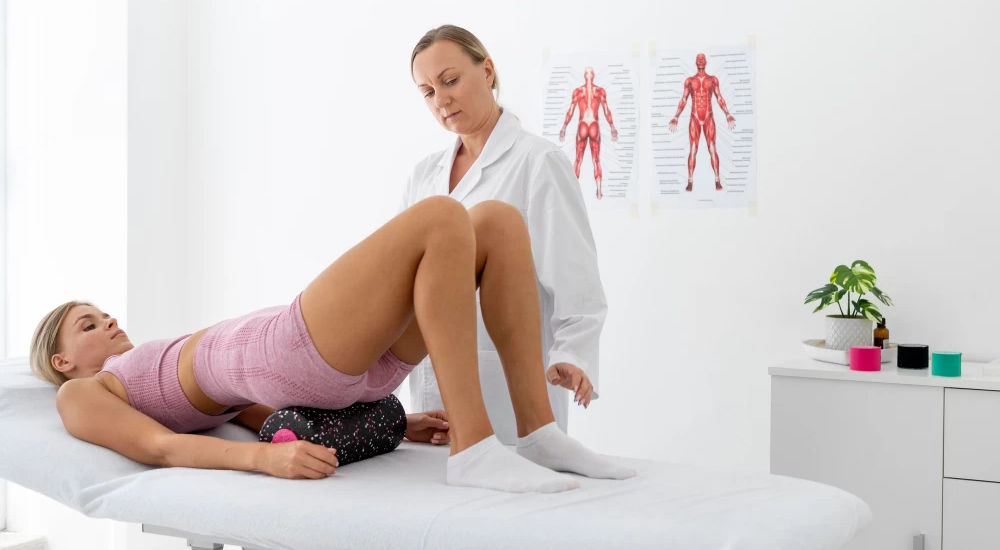What is Pelvic Floor Rehabilitation?
The pelvic floor muscles support the bladder, intestines, uterus in women, and prostate in men within the pelvic bone (pelvis). Therefore, any dysfunction in the pelvic floor muscles can prevent these organs from functioning properly. Likewise, disorders in these organs can lead to dysfunction of the pelvic floor muscles.
Pelvic floor rehabilitation is a treatment method aimed at optimizing the function of the pelvic floor muscles. The goal of rehabilitation is to ensure balanced and coordinated functioning of the targeted muscles. This method is applied by specialized therapists in this field.
In women, pregnancy, childbirth, and menopause affect the pelvic floor muscles. In men, prostate-related problems cause pelvic floor disorders. Additionally, abdominal-genital surgeries, excess weight, and diseases causing chronic cough can also lead to pelvic floor problems. Pelvic floor rehabilitation helps alleviate problems caused by dysfunctions during these periods.

What are the Benefits of Pelvic Floor Rehabilitation?
- Regulates pelvic floor muscle functions.
- Increases circulation in the pelvic floor area.
- Helps regulate back, hip, and respiratory functions.
- Regulates urinary and fecal functions.
- Assists in the treatment of sexual dysfunctions.
- Improves quality of life.
What Are the Application Areas of Pelvic Floor Rehabilitation?
- Frequent urination: Urinating more than 7 times a day is not normal and requires treatment.
- Incontinence: Leakage of urine or feces. It is abnormal to leak urine or feces during coughing, laughing, sneezing, or exercising.
- Difficulty in urination/defecation: Feeling incomplete relief or fullness during elimination means incomplete evacuation. Also, experiencing pain or prolonged effort during elimination is abnormal.
- Bedwetting at night: Nighttime bedwetting after age 5 in children is not normal.
- Constipation: Defecating less than 3 times per week indicates constipation. Pain during defecation, inability to fully evacuate, and excessive straining are other signs of constipation.
- Chronic pelvic pain: Pain felt in the lower abdomen, back, hips, and genital area. This may stem from musculoskeletal disorders in the region. Endometriosis and painful menstruation are common causes.
- Painful intercourse/Vaginismus: Inability to have intercourse or experiencing pain during intercourse. Tight pelvic floor muscles may cause this condition.
What Are the Treatment Methods of Pelvic Floor Rehabilitation?
- Patient Education
- Pelvic Floor Exercises
- Manual Therapy
- Biofeedback Applications
- Electrical Stimulation
Who is Pelvic Floor Rehabilitation Applied To?
Pelvic floor rehabilitation can be applied to all patients experiencing pelvic floor problems. The methods used differ for women, men, and children. Treatment is tailored to the individual’s age, gender, and clinical condition. Neurological patients also benefit from this treatment.
How is Pelvic Floor Rehabilitation Applied at ROMMER?
At our center, pelvic floor rehabilitation is applied to patients diagnosed by a specialist physician. Patients undergoing treatment are thoroughly evaluated, and a personalized treatment program is created. Methods appropriate to the patient’s needs are selected and treatment is started. The treatment program is continuously revised according to the patient’s progress.
